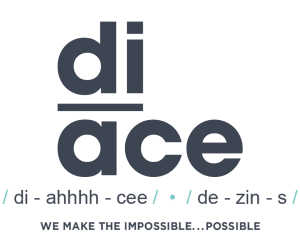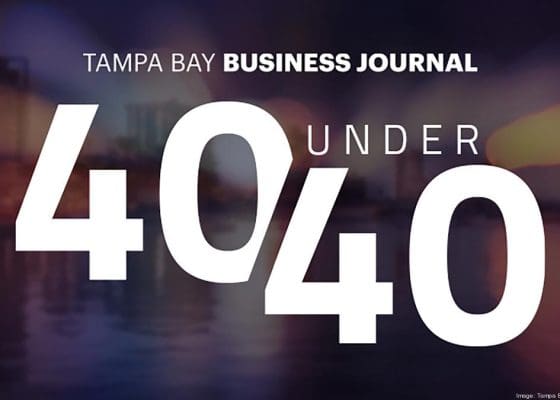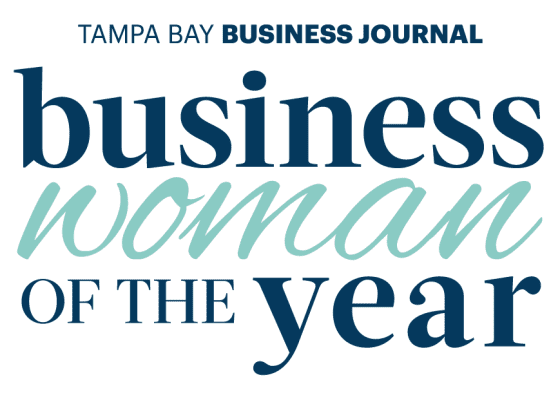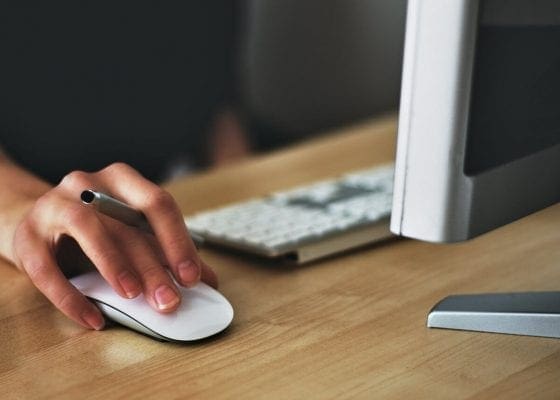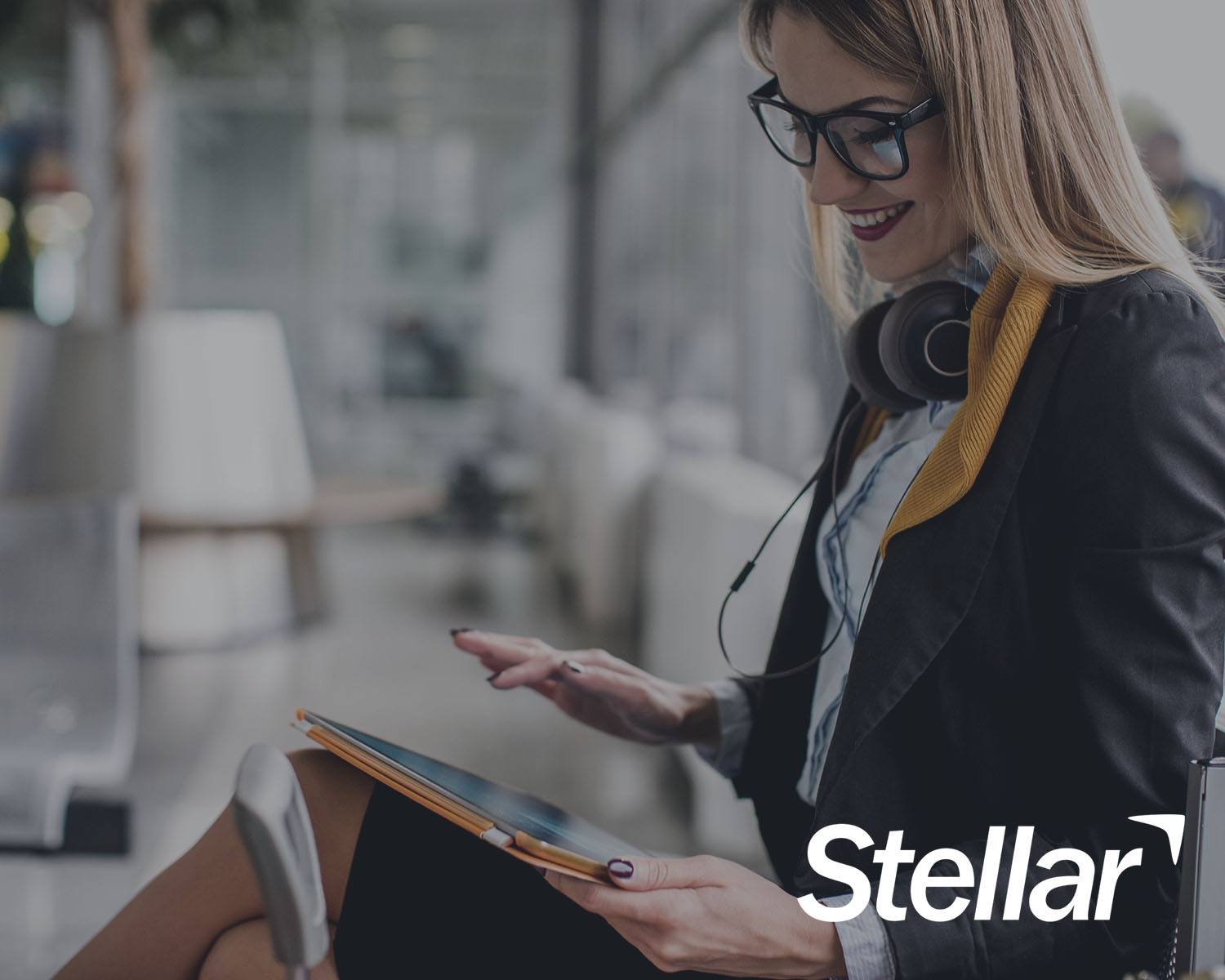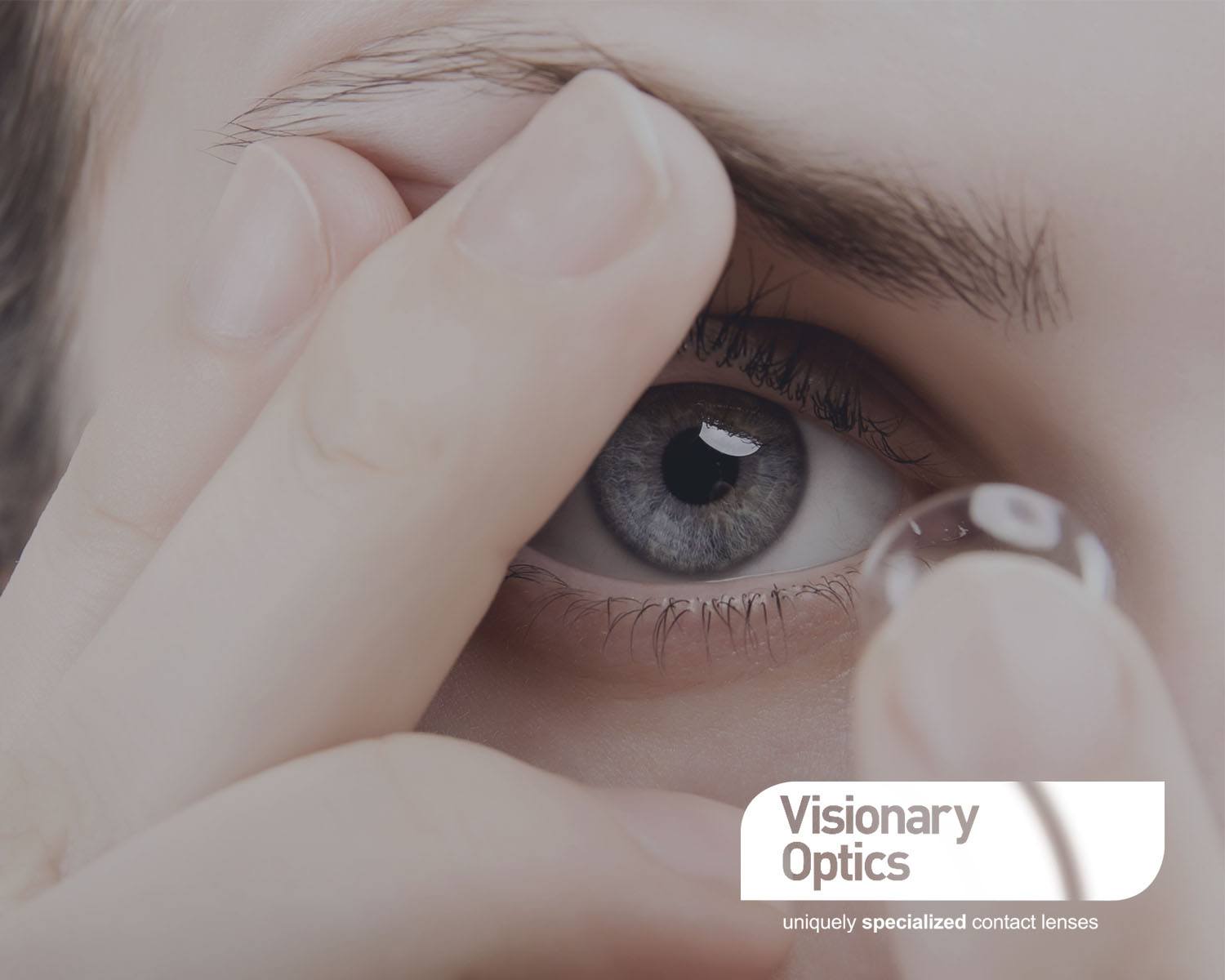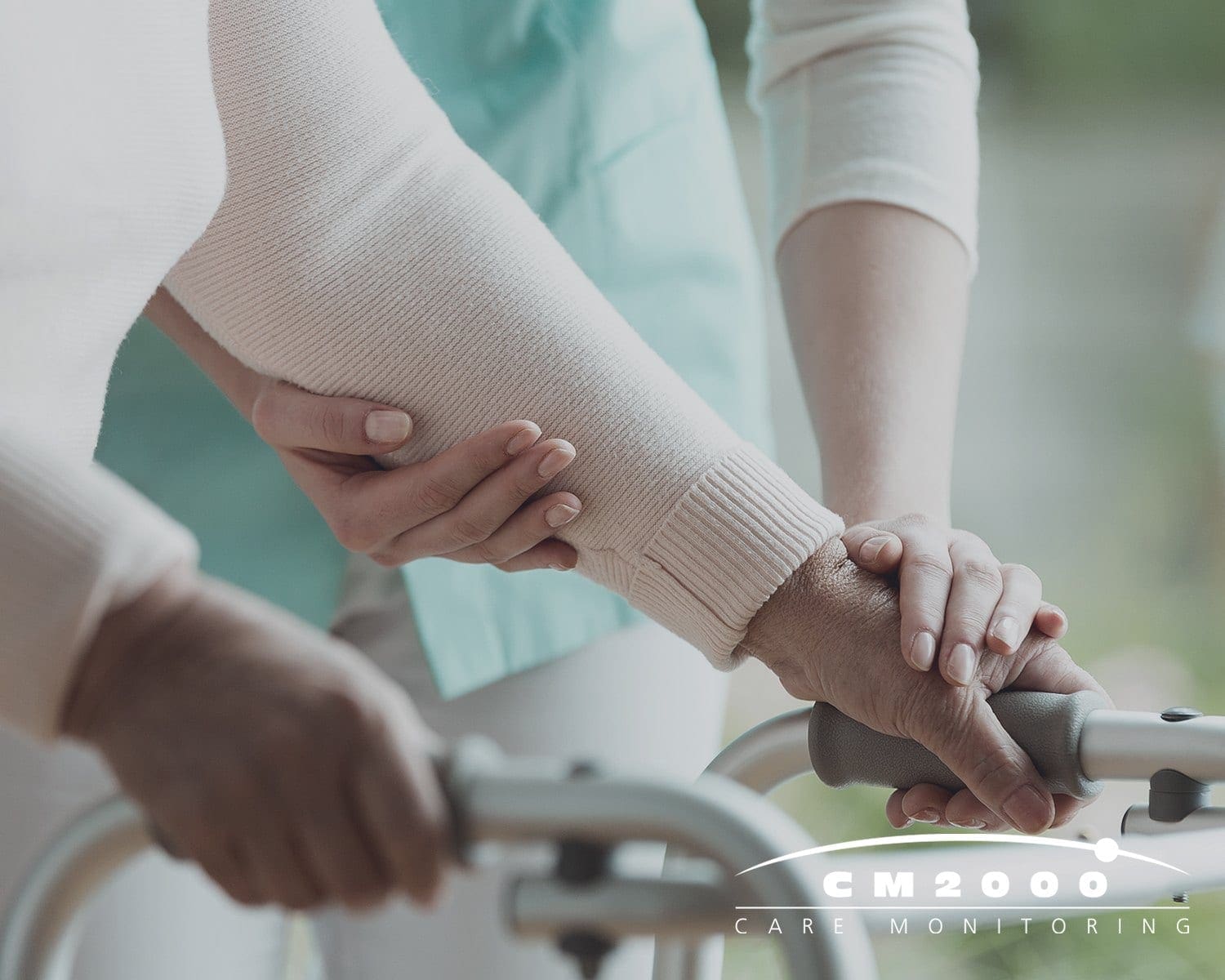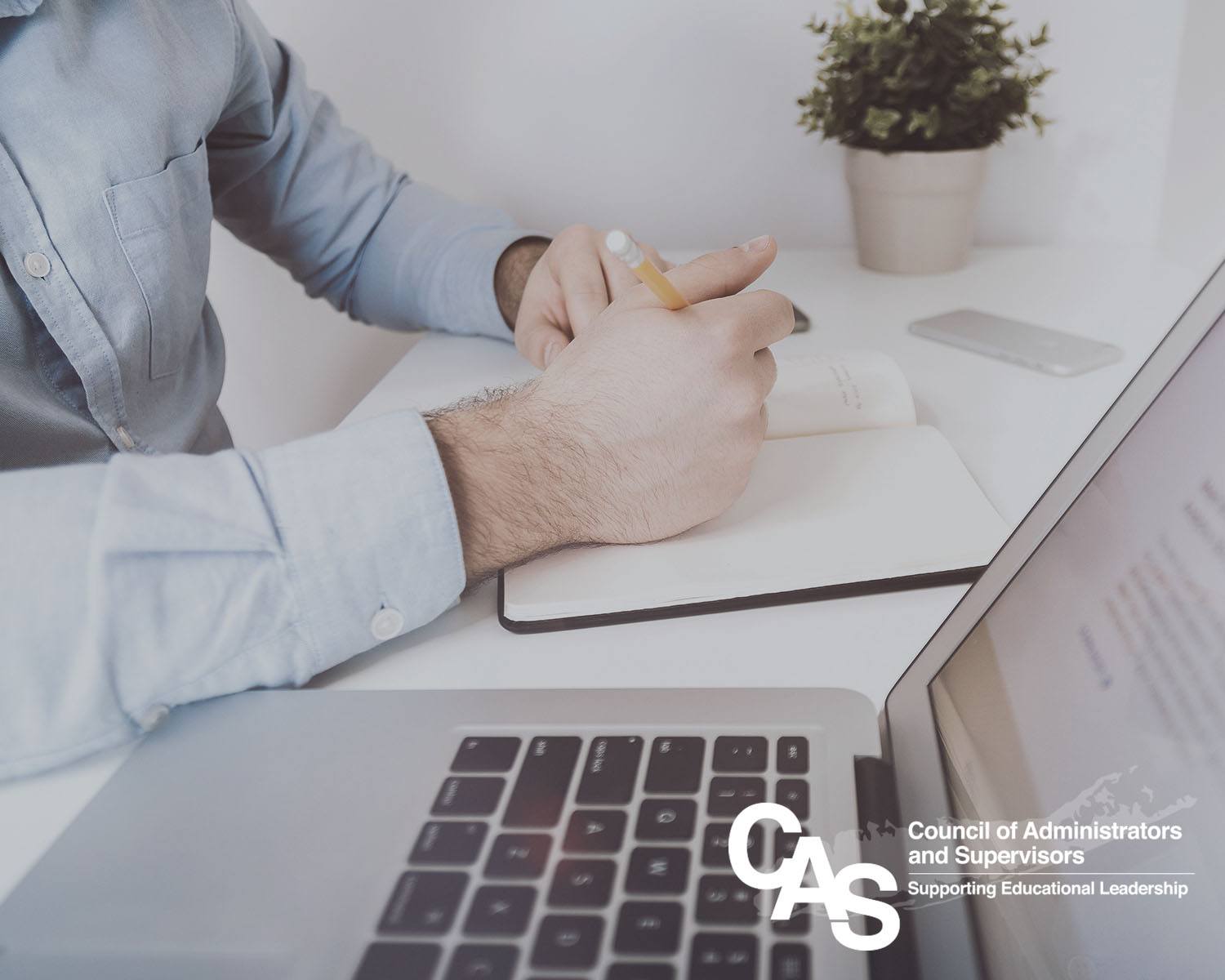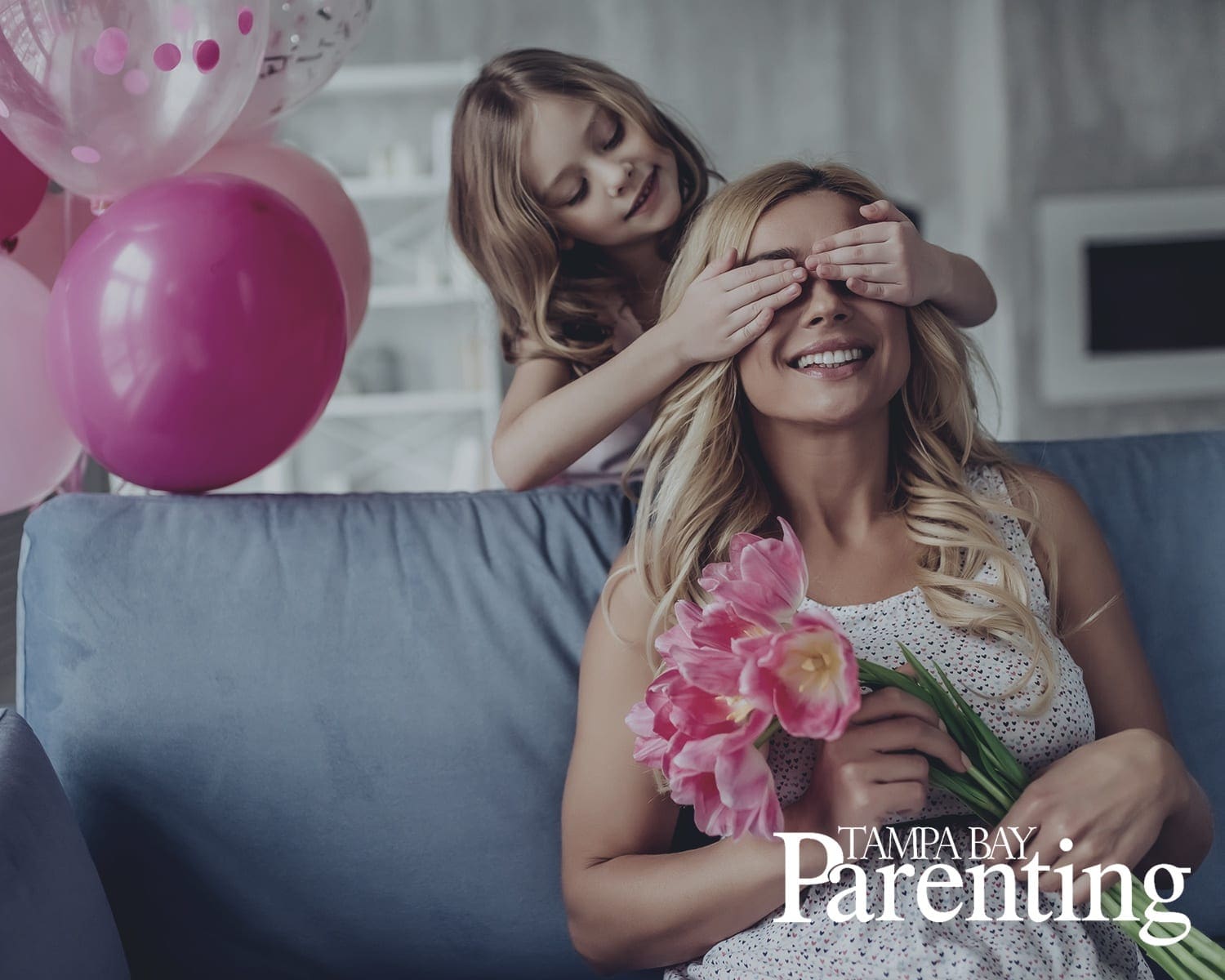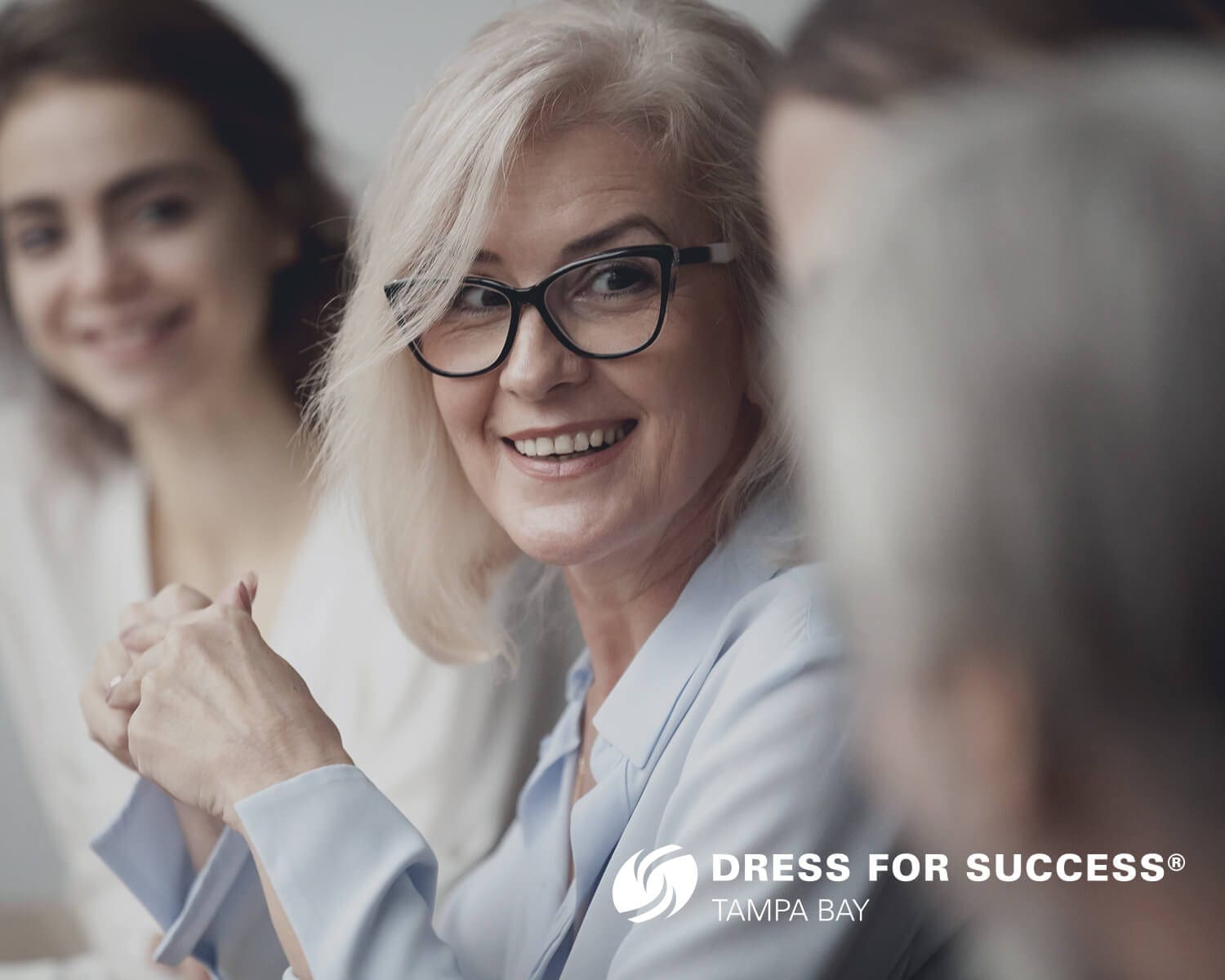Beyond the Deck: Building a Cohesive Visual Strategy for Proposals
When Proposals Become Brand Experiences
A proposal is more than a document — it’s a brand experience in print or pixels.
From custom-bound RFPs with tactile finishes to sleek digital submissions that blend interactivity and design precision, the way you present your ideas says as much about your brand as the ideas themselves. Clients and evaluators don’t just read your proposal — they feel it. The paper texture, layout flow, typography, and visual hierarchy all communicate trust, capability, and attention to detail.
At Diace Designs, we’ve designed proposals ranging from 150 – 900+ page multi-volume technical presentations, each one fully custom, branded, and built to win. Over time, one truth stands out: excellent proposals don’t just inform; they persuade, perform, and reflect the brand behind them.
Why Visual Strategy Matters in Proposal Design
When a proposal is delivered, whether hand-bound in a custom slipcase, embossed with a UV coating exterior, or digitally uploaded to a portal, it instantly becomes a representation of your brand’s credibility and professionalism. First impressions matter!
Visual Design Builds Perception
- Consistency builds trust: A proposal that visually aligns with your brand identity immediately signals reliability and control.
- Design enhances comprehension: Layout and hierarchy guide the reader through complex information without fatigue.
- Visual storytelling persuades: Imagery, color, and typography emotionally engage evaluators long before the first paragraph is read.
Your proposal is an extension of your marketing, design philosophy, and operational excellence – bring your A-game!
The Anatomy of a Winning Proposal
A well-structured proposal strikes a balance between functionality and emotion. It’s not just about meeting RFP requirements — it’s about creating an intuitive, persuasive journey for the reviewer.
- Visual Hierarchy and Flow: Break long technical or narrative content into digestible segments. Use consistent headings, callouts, and sidebars to guide the reader’s eyes. Pro Tip: Large-scale proposals often span hundreds of pages; consistency in header styles, spacing, and section dividers ensures clarity and reduces fatigue for reviewers scanning dozens of submissions.
- Typography as Voice: Type choices convey tone. A refined serif font communicates authority; a modern sans-serif signals innovation. In multi-volume RFPs, pairing fonts consistently helps create visual cohesion while maintaining readability across print and digital formats.
- Color as Psychology: Color isn’t decorative, it’s directional. Strategic use of your brand palette can highlight key data, emphasize differentiators, and subconsciously guide attention to your value statements or pricing pages.
- Imagery and Illustration: Custom imagery (photography, diagrams, and infographics) elevates proposals from informational to experiential. Every graphic should have a purpose — to clarify, not clutter.
- Materiality and Finish: In print proposals, texture and finish make a lasting impression. Diace Designs has produced custom-bound proposals with spot gloss, foil stamping, laser-cut covers, and bespoke packaging…even sound bites for sound effects! Details that convey extra care, quality, and confidence.
When reviewers physically interact with a proposal, tactile details turn ordinary submissions into collectible brand artifacts.
Bridging Print and Digital Consistency
In the era of hybrid submissions, visual consistency across print and digital versions is critical. A beautifully printed proposal should look equally strong when viewed as a PDF on screen.
Best Practices for Cohesive Cross-Format Design:
- Unified design: Build master design systems that adapt seamlessly between InDesign (print) and digital formats (interactive PDFs or web-based RFP portals).
- Optimized readability: Adjust color contrast, image resolution, and type scaling for screens vs print.
- Interactive layers: For digital proposals, add hyperlinks, QR codes, and embedded media to enhance (if allowed) – not distract from the content.
When both physical and digital experiences align, your proposal demonstrates operational excellence and brand sophistication.
Beyond Aesthetics: Strategic Design That Wins
Great proposal design isn’t just beautiful—it’s strategic. It supports business development goals through clarity, persuasion, and differentiation. Why you, your brand, your service?
- Information Architecture: Large proposals require a structure that’s both intuitive and compliant. Visual maps, executive summaries, and at-a-glance data help evaluators navigate quickly and remember key messages.
- Brand Differentiation: Your visual system should reinforce your unique value proposition. Every color choice, texture, and layout decision should echo what sets your company apart.
- Evaluation-Friendly Formatting: Design for the reader’s reality: evaluators are often pressed for time. Pull quotes, callouts, and modular layouts make it easy to extract critical information quickly.
- Collaboration Between Design and Content: A seamless proposal happens when content writers, designers, and strategists collaborate from the start — ensuring visuals and messaging are aligned.
Case Example: Turning Technical Proposals into Tangible Brand Statements
One recent Diace Designs project involved a 900+ page multi-volume proposal for a major airport concession opportunity. The scope included not only graphic design but also custom packaging, inserts, and branded collateral.
The Challenge:
A national F&B group needed to communicate its innovation, reliability, and local authenticity across hundreds of pages of technical, sustainability efforts, and financial documentation.
The Solution:
We developed a comprehensive design system — including color-coded volumes, branded dividers, and digital counterparts — that reflected both the client’s aesthetic and operational precision. Every element, from the binding ribbon to the typography, served the narrative: this brand executes with excellence.
The Result:
The proposal stood out for its clarity, craftsmanship, and memorability — ultimately contributing to a successful contract win.
How to Elevate Your Own Proposal Design
Whether you’re submitting a 20-page capability deck or a 600-page RFP, these best practices apply:
- Create a Brand-Aligned Template: Build a design system that keeps fonts, colors, and styles – consistency is key!
- Design for Skimmability: Utilize callouts, summaries, and visual anchors to facilitate quick comprehension.
- Invest in Production: Custom finishes and packaging communicate trust and confidence in deliverables.
- Unify Teams: Align design, content, and marketing teams under a single creative strategy.
- Never Sacrifice Storytelling: Even the most technical proposal should have a narrative arc — who you are, what you solve, and why you’re the best fit, but don’t be a bore, skip the fluff, and set the tone!
Conclusion: From Submission to Signature
A cohesive visual strategy turns proposals from routine submissions into memorable brand moments. Whether your next opportunity is a government RFP, corporate partnership, or multi-unit airport expansion, your proposal design should embody the same precision and creativity as your brand itself.
At Diace Designs, we help businesses craft visually stunning, strategically structured proposals — the kind that not only inform but inspire action.
Ready to elevate your next proposal? Contact Diace Designs today!
